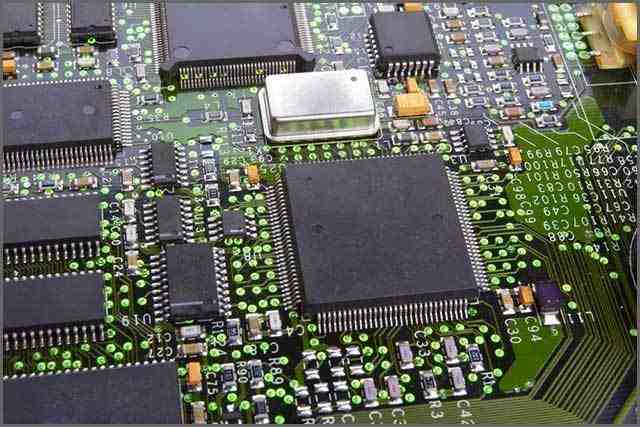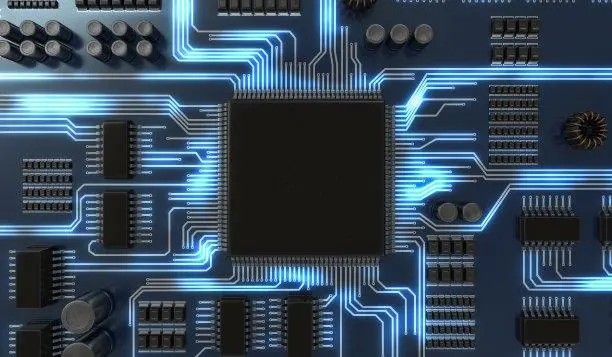
A lot of people wonder why there are test sites when PCB is produced,In the mass production factory, there is no way for you to use an electric meter to slowly measure the correct Circuit of every resistor, capacitor, inductance and even IC on every board. Therefore, the so-called ICT(in-circuit-test) automatic Test machine comes into being. It uses multiple probes (commonly known as "Bed-Of-Nails" fixtures) to simultaneously touch all parts of the board that need to be measured, and then measures the properties of those electronic parts sequentially via a program-controlled, side-by-side approach. Usually, the test of all the parts of the general board only takes 1~2 minutes or so to complete, depending on the number of parts on the circuit board, the more the more time.
However, if these probes directly contact the electronic parts on the board or the welding feet, it is very likely to destroy some electronic parts, which is counterproductive. Therefore, there is a test point. A pair of small circular points are drawn out at both ends of the parts, and there is no mask on them, so that the test probe can contact these small points. Without having to come into direct contact with the electronic parts being measured.

In the early days of DIP on the circuit board, the welding feet of the parts were indeed used as test points, because the welding feet of the traditional parts were strong enough and not afraid of needles. However, misjudgment of poor contact of the probe often occurred, because the general electronic parts after wave soldering or SMT soldering. A layer of residual film of solder paste flux is usually formed on the surface of the solder. The impedance of this film is very high, which often causes poor contact of the probe. Therefore, it is often seen that test operators in the production line often blow hard with an air spray gun, or wipe these places to be tested with alcohol.
In fact, the test point after wave soldering will also have the problem of poor contact probe. Later, when SMT became popular, the situation of test miscalculation was greatly improved, and the application of test points was given a great deal of responsibility. Because SMT parts are usually fragile and cannot withstand the direct contact pressure of the test probe, the use of test points eliminates the direct contact of the probe with the part and its welding toe, which not only protects the part from damage, but also protects the part from damage. Indirectly, the reliability of the test is greatly improved, because there are fewer misjudgments.
However, with the evolution of technology, the size of the printed circuit board is getting smaller and smaller. It is difficult to squeeze so many electronic parts on a Small circuit board. Therefore, the problem of taking up space on the PCB circuit board at the test site is often a tug-of-war between the design side and the manufacturing side. The appearance of the test point is usually round, because the probe is also round, which is easier to produce, and it is easier to get the adjacent probe closer together, so as to increase the needle density of the needle bed.
There are some inherent limitations to using a needle bed for circuit testing. For example, there is a limit to the minimum diameter of the probe. Needles with too small a diameter are easy to break and be damaged.
The distance between needles is also limited, because each needle has to come out of a hole, and the back end of each needle has to be welded with a flat cable. If the adjacent hole is too small, in addition to the problem of short circuit contact between needles, the interference of flat cables is also a big problem.
Some tall parts cannot be placed next to needles. If the probe is too close to the high part, there will be the risk of collision with the high part and damage. In addition, because the part is high, the test fixture needle base usually has to be cut to avoid, which also indirectly leads to the failure of needle planting. PCB boardsare increasingly difficult to accommodate under all parts of the test site.
As the board is getting smaller and smaller, the existence and waste of test points are often discussed. Now there have been some methods to reduce Test points, such as Net test, Test Jet, Boundary Scan, JTAG... Etc. There are other testing methods that want to replace the original needle bed test, such as AOI, X-Ray, but at present, it seems that each test is not 100% replacement for ICT.






